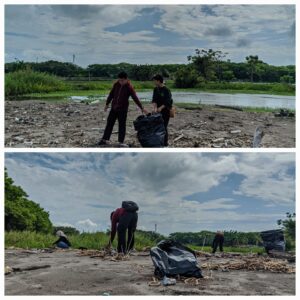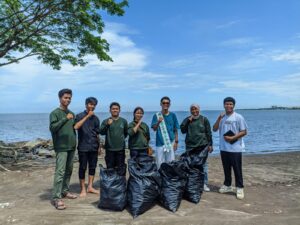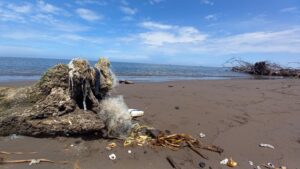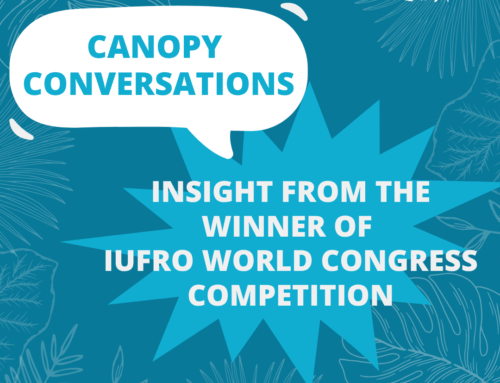
Tanjung Layar Putih Beach Cleanup
In Collaboration with North Luwu’s Environmental Ambassador 2022
- Fresh, clean, and beautiful beaches mustn’t be a “one upon time” story for the next generation.
Obviously, preserving a healthy ecosystem is almost everyone’s dream, as we have seen how climate change has significantly affected their livelihood. Indonesia is located between the pacific and Indian oceans. One of the serious effects is marine debris stranded on the beach. IFSA LC UNHAS noticed that Layar Putih beach had faced this severe threat and effect on their environmental condition and lack of visitors. This beach is located downstream of the Jeneberang watershed, a conservation priority area in South Sulawesi Province. We initiated a social movement by doing beach cleanup in collaboration with North Luwu’s Environmental Ambassador 2022, accompanied by two persons from Youth Organization (South Sulawesi’s GenRe). The collaboration aimed to make our movement be noticed by many people and inspire them to do so or just be aware of using plastic.

Clean up the polluted ecotone zone
Ecotone, as the transition between two biomes, in this case, the sea and the wetlands, has the most polluted area in Tanjung Layar Putih beach. It was full of almost degraded plastic, indicating the plastics must be there for years. At first, we were so excited and full of confidence to clean all the plastic for two and half hours, but surprisingly in one hour, we collected 80 kilograms of plastic in four big trash bags. Moreover, we realized that we cleaned no more than 10% of the plastic pollution in the ecotone zone. We decided to take a fifteen-minute break to take photos and plan a new system to clean up the beach.

Break time for the photo session
We spread to the beach area instead of staying in one place. Many of us were in the ecotone zone while the other two quickly cleaned the beach mouth. We found out that many fishermen’s nets were stuck in the reefs. It took 6 hours to finish the whole clean-up beach before we went home. A large amount of plastic waste was collected and loaded into the vehicle, which a capacity is 450kg. We admit that there is still more plastic waste. Some of them were hard to take because they have been united with the beach sand or shrub root, which indicates how long the plastic has been there.

Fisherman’s net in the reef
As forestry students, we are so glad to create such a tangible impact action on our environment and want to continue our journey for the best future for all of us. The beach cleanup has taught us the simplest but the most important thing: being responsible for using plastic. Our work will not be able to permanently impact this beach, as all of the plastic comes from the sea wave, and probably this beach will be full of plastic again in the rainy season as the sea level rises. The marine debris from the pacific ocean will be coming again. Another lesson we realize is that education can give us a logical understanding of how plastic comes from the pacific ocean. Rather than blaming why local people are taking little time to clean up the beach, through education, we can understand that plastic debris is coming in every day from the wave.
So, instead of waiting for someone to do the cleaning, why don’t we start now?
Author: Wening Ila Idzatilangi
